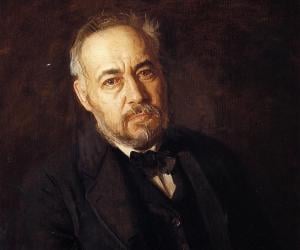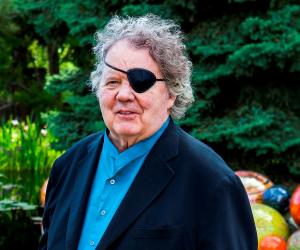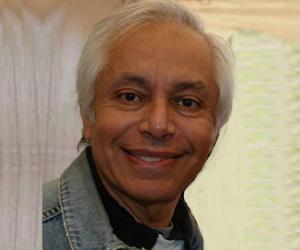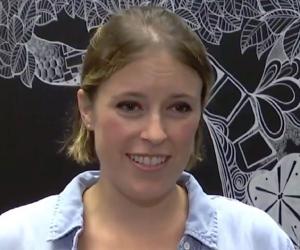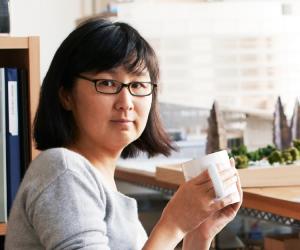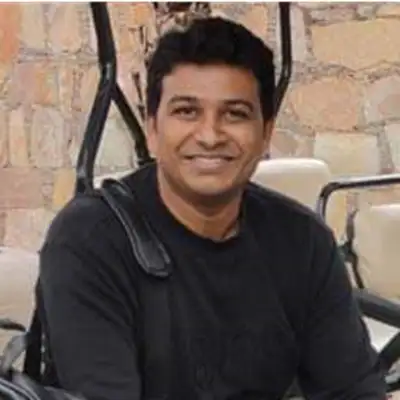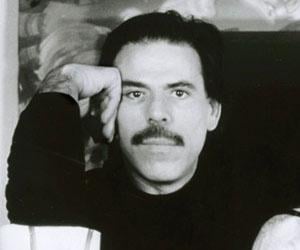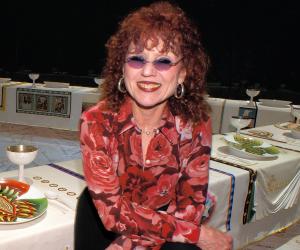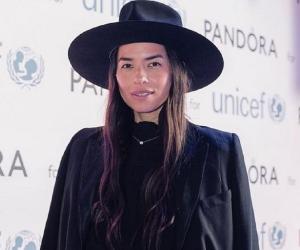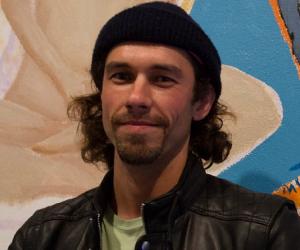Born In: Philadelphia, Pennsylvania, United States
Thomas Eakins
(American Photographer, Realist Painter, Fine Arts Educator, and Sculptor)
Thomas Eakins was an American realist painter, counted amongst the most important artists in American art history. He was also a distinguished photographer credited with having "introduced the camera to the American art studio" following his studies abroad during which he was exposed to the techniques of French realist photographers. As a painter, he was mainly known for his realistic portraits and had painted several hundreds of them, usually of his friends, family members, or famous personalities. He was also famous for his paintings of scenes of outdoor sports, such as swimming and boating. Born as the son of a calligraphy teacher, he grew up observing his father at work and displayed an inclination towards artistic pursuits. He excelled in mechanical drawing as a school student and later on travelled to Europe to study painting with the French realist painter Jean-Léon Gérôme and also studied at the École des Beaux-Arts. Over the course of his study he realized his fascination with the nude female form, and his interest in realism. He painted prolifically upon his return to Europe and achieved moderate success. He also embarked on a career as an educator of fine arts and his teaching methods were considered controversial during those days. Eventually he was forced to resign from his teaching position. As an artist, he did not receive much fame during his lifetime, but in the years following his death, he was recognized as one of the finest artists in American art history.
Born In: Philadelphia, Pennsylvania, United States
7
1
7
1
